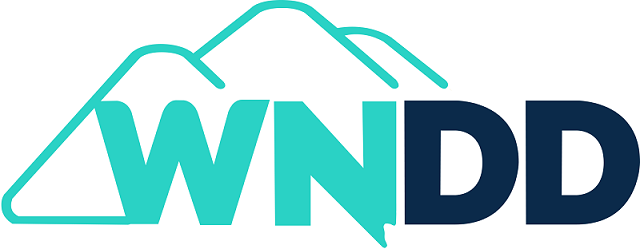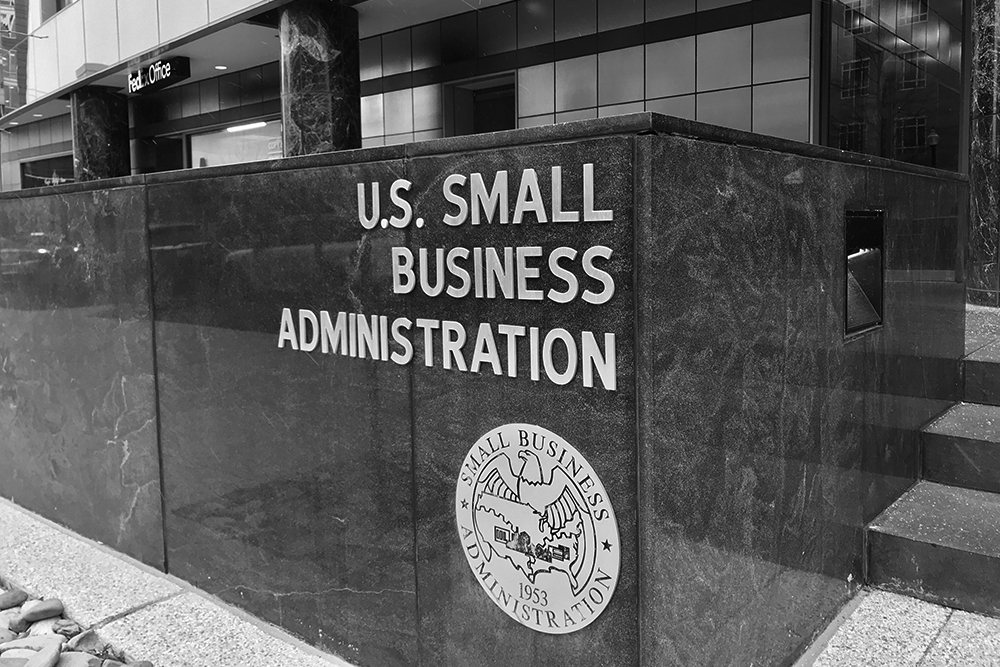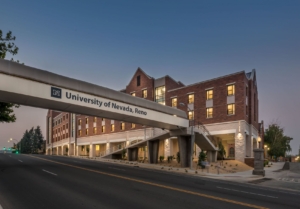Council to Identify Steps and Strategies for Immediate and Long-term Economic Recovery
The Western Nevada Development District’s (WNDD) Economic Recovery & Resiliency Council kicked off their important work on Dec. 9, 2020 with an orientation meeting featuring presentations from some of the state’s top economic analysts and advisors on what it will take to not only bounce back, but to bounce forward from the Covid-19 economic downturn.
The 14-member council will champion the steps and strategies for not just immediate economic recovery in Western Nevada Development District (WNDD) region, but also how the community can build economic resilience to weather the next pandemic, the next earthquake, the next flood, or the next great recession.
Roy Edgington, President of the WNDD Board of Directors and Mayor of the City of Fernley, welcomed the Council and stressed their unique position in this unique set of circumstances.
“Your skills, knowledge and devotion to our community will be instrumental in helping to shape a coordinated and actionable plan to rebuild and strengthen economic activity in the wake of the COVID-19 pandemic,” Edgington said.
The Council heard from three economist; Dr. Thomas Harris and Buddy Borden of the University of Nevada Center for Economic Development and Eugenia Larmore, CEO of E-KAY Consultants. Their information tracked the trajectory of the economic impacts thus far and factors that will contribute to recovery, or the continuation of the pandemic-induced recession. They stressed the northern Nevada’s diverse economic landscape has helped the community weather this storm better than other parts of the state and country.
Bob Potts, Deputy Director of the Governor’s Office of Economic Development presented the State Plan for Economic Recovery and how the Council will align with those strategies and be part of future actions and policies to try and have the economy come out of the pandemic stronger than when the pandemic took hold.
Marlene Rebori, from UNR Cooperative Extension, shared the tools at the Council members’ disposal to stimulate dialogue and glean the information and perspectives from each of the business, industry, government groups or economic sectors…the Council Teams.
WNDD is uniquely positioned in this task as an experienced, regional planning leader and portal to grant assistance that can support these recovery and resilience projects, Edgington said, who was joined by WNDD Vice President, Naomi Duerr of the Reno City Council in welcoming the Council members.
The Council members will be building their teams and begin taking input from their groups on issues and challenges experienced in the sector, or issues that became unveiled within the sector, because of the pandemic. A full virtual gathering of the Council team is scheduled for Jan. 13, 2021.
Council Recovery Teams and Council Representatives
Economic Development
Andrew Haskin, Deputy Director, Northern Nevada Development Authority
Government
Bob Hastings, Western Nevada Development District & Lyon County Commission (2012-2020)
Business
Ann Silver, CEO, Reno/Sparks Chamber of Commerce
Health & Wellness
Kitty McKay, Director of Mission Integration, Carson-Tahoe Hospital
Utilities/Infrastructure/Transportation
Lucia Maloney, Transportation Manager, Carson City
Education & Workforce
Dana Ryan, Special Assistant to the President, Truckee Meadows Community College
Financial
Jeremy Gilpin, President-Commercial Lending, Greater Nevada Credit Union
Tourism/Hospitality/Arts & Culture
Carol Chaplin, CEO, Lake Tahoe Visitor’s Authority
State & Federal Lands/Natural Resources
Don Vetter, Western Nevada Development District
Housing
Ron Bath, Founder, Salmon Point Development
Information Technology
Vas Karmyshanov, Managing Partner and Co-Founder, Balanced Agency
Manufacturing
Mark Anderson, Director, Nevada Industry Excellence
Mining
Joe Riney, Director of Workforce Engagement, Nevada Mining Association
Building & Trades
Aaron West, CEO, Nevada Builders Alliance

 PPP Forgiveness Simplified
PPP Forgiveness Simplified